Bioanalytical & Biophysical
Bioanalytical and biophysical chemistry is an interdisciplinary field focused on understanding biological systems at the molecular level. It employs techniques like advanced mass spectrometry and NMR spectroscopy to study biomolecules such as proteins and lipids. This research is crucial for deciphering complex biological mechanisms, aiding in disease treatment and drug discovery. Innovations like color-changing hydrogen sulfide sensors demonstrate its applicability in environmental and health sciences. Overall, this area combines analytical tools and biophysical methods to explore the fundamentals of life's processes.
hide Heading link

Catalysis research groups Heading link
Stephanie Cologna
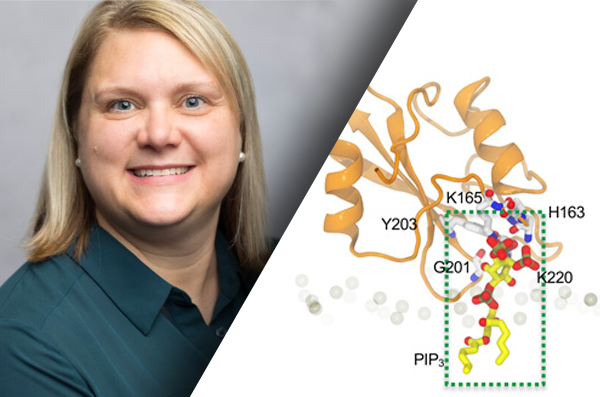
- Mass Spectrometry
- Neurodegeneration and Neurobiology
- Proteomics
- Lipidomics
Wonhwa Cho

- Lipid-Targeting Drug Discovery for Cancer and Neurodegenerative Diseases
- Overcoming Cancer Drug Resistance
- Sensor development and quantitative lipid imaging
Ruixuan Gao
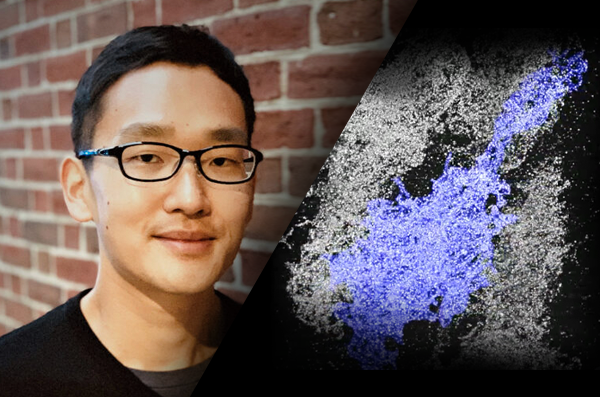
- Living organisms are composed of structures spanning orders of magnitude in size, and are assembled from tens of thousands of, if not more, distinct molecular entities.
- Our group’s research centers on understanding the molecular nature of biological structures and processes central to life and human health. We are interested in how basic molecular building blocks‚ such as proteins, lipids, and RNAs‚ assemble and interact with each other to achieve specific biological functions, or cause dysfunctions.
- One fundamental question our group is pursuing is how we can identify and locate these molecular building blocks in cells and tissues across a remarkably broad range of length and time scales.
- For this purpose, we develop and apply state-of-the-art methods in biochemistry, bioanalytical & biophysical chemistry, and synthetic chemistry to map and track target molecular markers at their native length scale and temporal resolution.
- Using these tools, we investigate the molecular processes underlying critical biological functions and dysfunctions, including synaptic transmission, neuronal connection, neurodegeneration, and mental disorders.
Luke Hanley
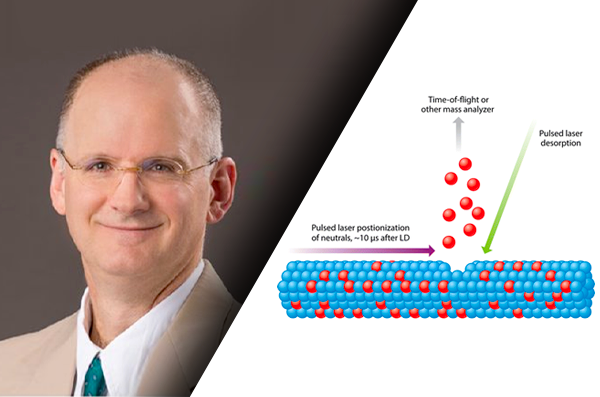
- Mass spectrometry imaging of lithium ion batteries and bacterial biofilms.
- Laser desorption ionization, Laser desorption postionization, time-of-flight secondary ion Mass spectrometry.
- New methods of data analysis for Mass spectrometry imaging.
Ying Hu

- Developing novel sample labeling techniques towards multiplexed and quantitative single-molecule and superresolution microscopy
- Investigating specialized membrane structures that regulate intra- and inter-cellular communications of immune cells at the nanoscale
- Providing imaging-based mechanistic insights into dysregulation in immune-related disorders
Lawrence Miller
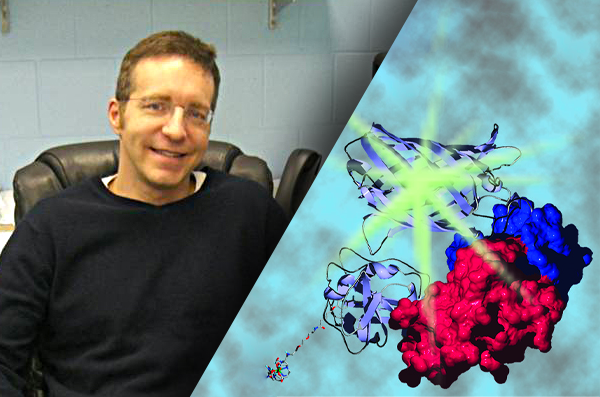
The Miller lab:
- Develops and applies chemical and biological tools to study protein function in living cells including the roles of serine/threonine phosphatases.
- Draws on traditional biochemistry, molecular biology and chemical synthesis to design hybrid, chemigenetic biosensors for live cells fluorescence imaging and screening assays.
- Is focused on small molecule protein labels, luminescent lanthanide complexes and time-resolved luminescence bioimaging.
Xiaojing Yang p
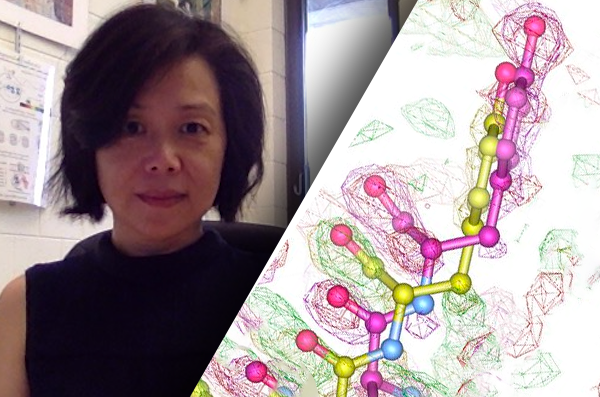
- Structural biology using cryoEM and crystallography;
- Structural and mechanistic studies of photoreceptors and light signaling;
- Molecular mechanisms of enzyme regulation;
- Method developments for capturing structural dynamics at (near)-atomic resolution.
Huan-Xiang Zhou
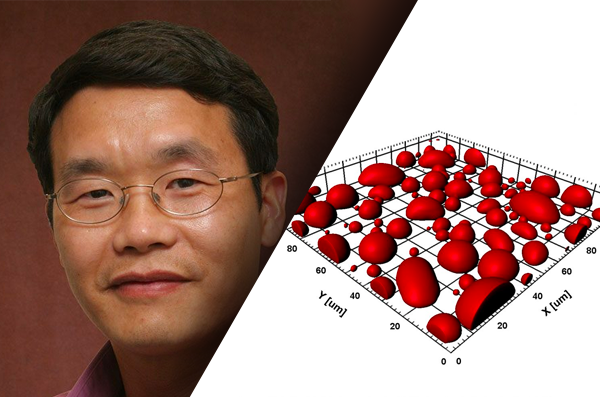
Combining theory, computation, and experiment to address a range of topics in molecular and cellular biophysics, including:
- Thermodynamic and dynamic properties of phase-separated biomolecular condensates;
- Membrane association and binding kinetics of intrinsically disordered proteins;
- Structures and pathways of the self-assemblies of amyloid and other amyloidogenic proteins
- Functional mechanisms of glutamate-receptor ion channels
- Structural biology of the Mycobacterium tuberculosis divisome